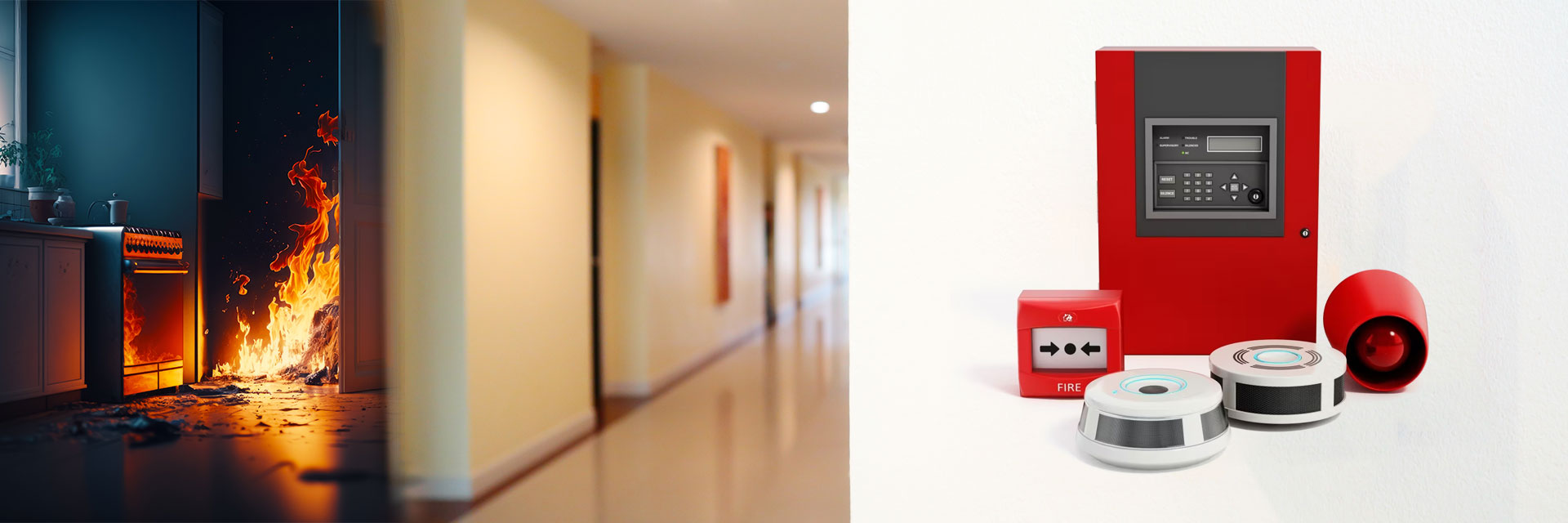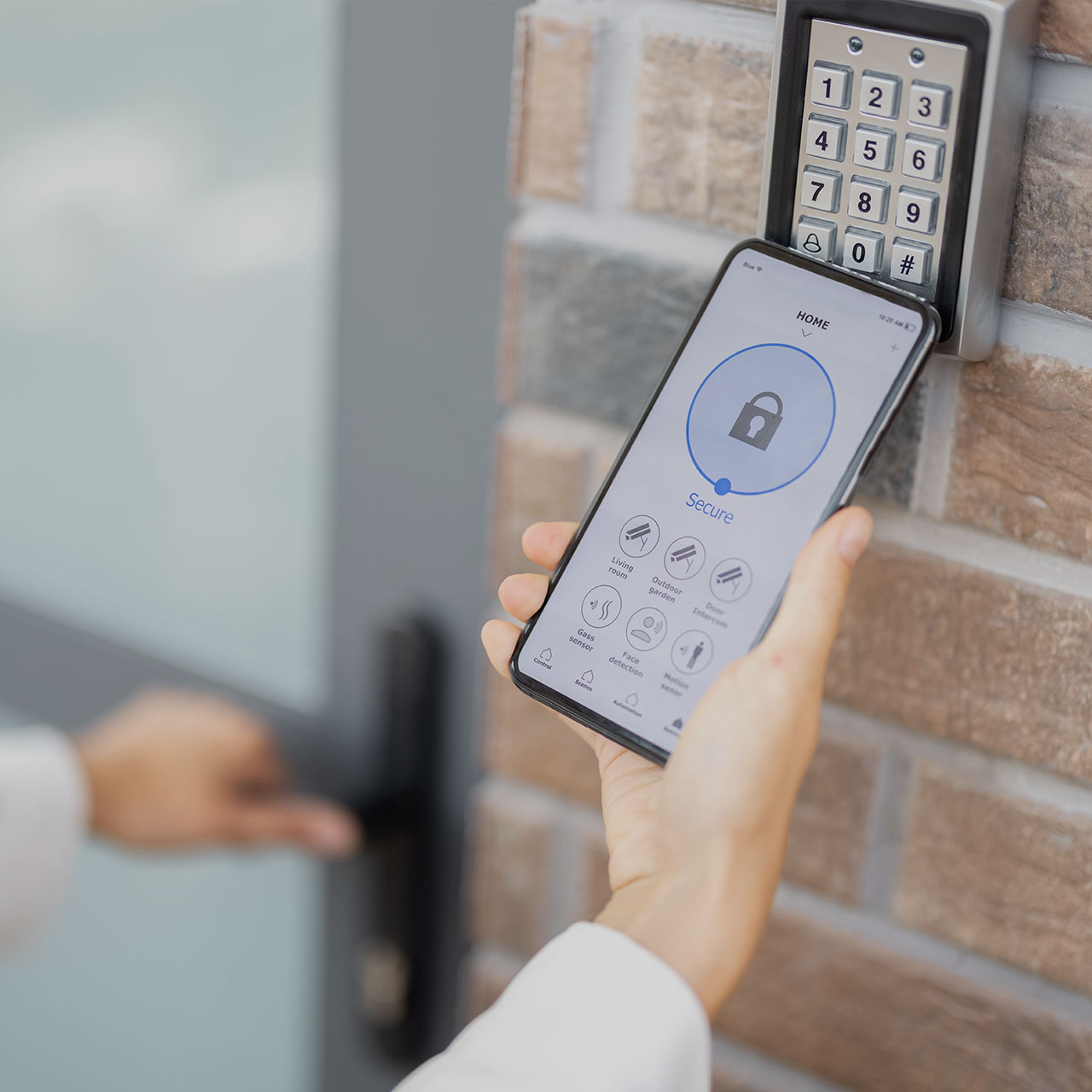Security & Home Automation System
Fire Alarm System
Fire alarm systems can be categorized in a few ways, depending on the specific features and functionalities. Here’s a breakdown of some common types:
By Monitoring
Monitored Fire Alarm System
- Monitored Fire Alarm System: Connects to a central monitoring station that dispatches emergency services (fire department) upon alarm activation.
- Benefits: Provides a professional response, increases safety and peace of mind.
- Drawbacks: Requires a monthly monitoring fee.
Unmonitored Alarm System
- Unmonitored Fire Alarm System: Triggers a loud siren or flashing lights within the building to alert occupants, but doesn’t connect to a central monitoring station.
- Benefits: Lower initial cost, easier installation.
- Drawbacks: Relies on occupants to call emergency services themselves, may not be suitable for high-risk environments.
By Technology
Conventional Fire Alarm System
- Conventional Fire Alarm System: Uses a simple wiring scheme where all devices on a zone (circuit) trigger the alarm if any one device detects fire.
- Benefits: Lower initial cost, simple installation.
- Drawbacks: Limited functionality, doesn’t pinpoint the exact location of the fire.
Addressable Fire Alarm System
- Addressable Fire Alarm System: Each device on the network has a unique address, allowing the control panel to identify the exact location of a fire alarm.
- Benefits: Offers better identification of fire location, easier troubleshooting, allows for easier system expansion.
- Drawbacks: Typically higher initial cost compared to conventional systems.
By Application
- Commercial Fire Alarm Systems: Designed for businesses and commercial buildings, often with complex layouts and stricter safety regulations.
- May include features like voice evacuation systems, phased evacuation plans, and integration with other building systems (HVAC, elevators).
- Residential Fire Alarm Systems: Cater to homes and apartments, prioritizing affordability, ease of use, and reliable fire detection.
- May prioritize user-friendliness with features like tamper switches and self-testing capabilities.
Additional Considerations
- Wireless vs. Wired Systems: Similar to burglar alarms, fire alarm systems can be wired (reliable but complex installation) or wireless (easier installation but potential for interference).
- Detection Technologies: Besides smoke and heat detectors, some systems may include carbon monoxide detectors or water flow switches for more comprehensive fire and safety protection.
Choosing the Right Fire Alarm System
The ideal fire alarm system depends on several factors, including
- Commercial Fire Alarm Systems: Designed for businesses and commercial buildings, often with complex layouts and stricter safety regulations.
- Building size and occupancy: Larger buildings or those with high occupancy require more complex systems.
- Building type: Commercial buildings have different needs than residential ones.
- Local regulations: Specific fire codes may mandate certain types of systems or features.
- Budget: Monitored systems and addressable systems offer advanced features but come at a higher cost.
Our Partners
Brand Logo
Request a Quote
We will be happy to answer your questions.



